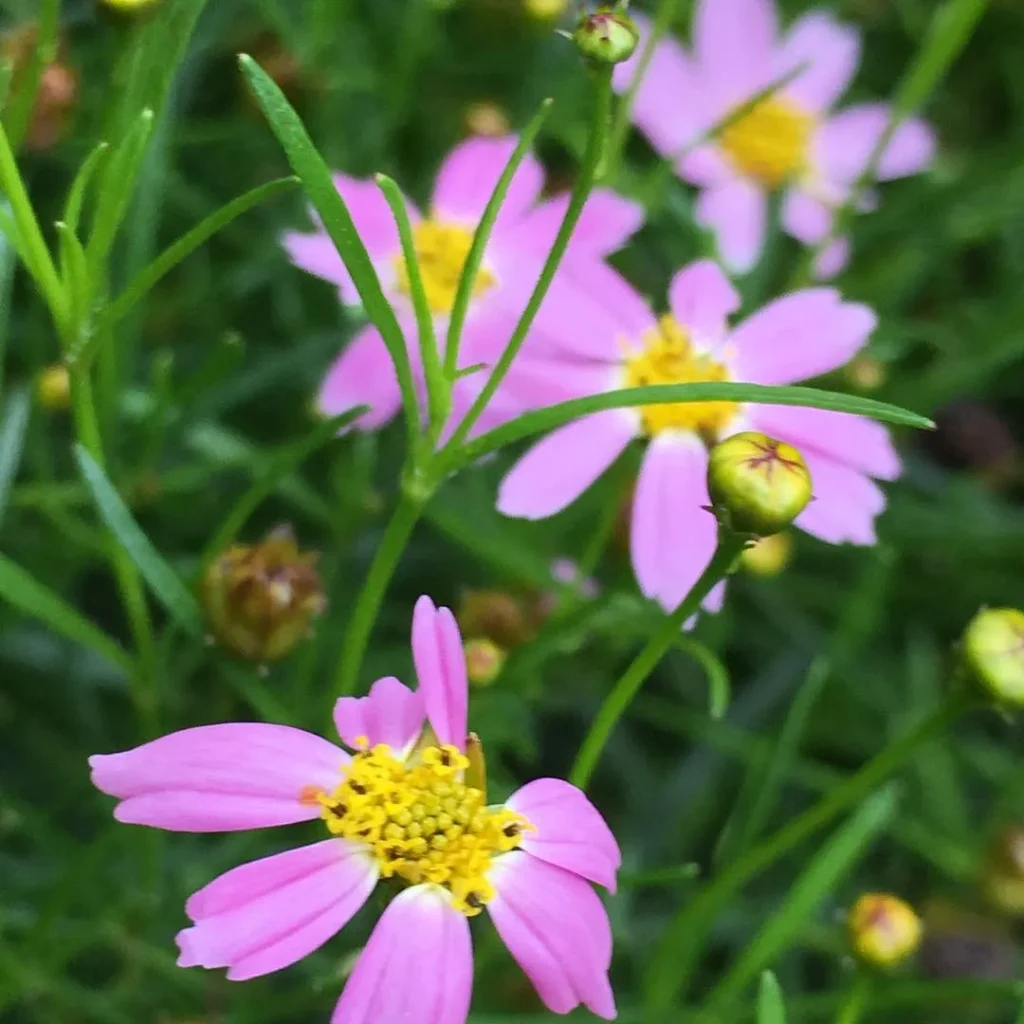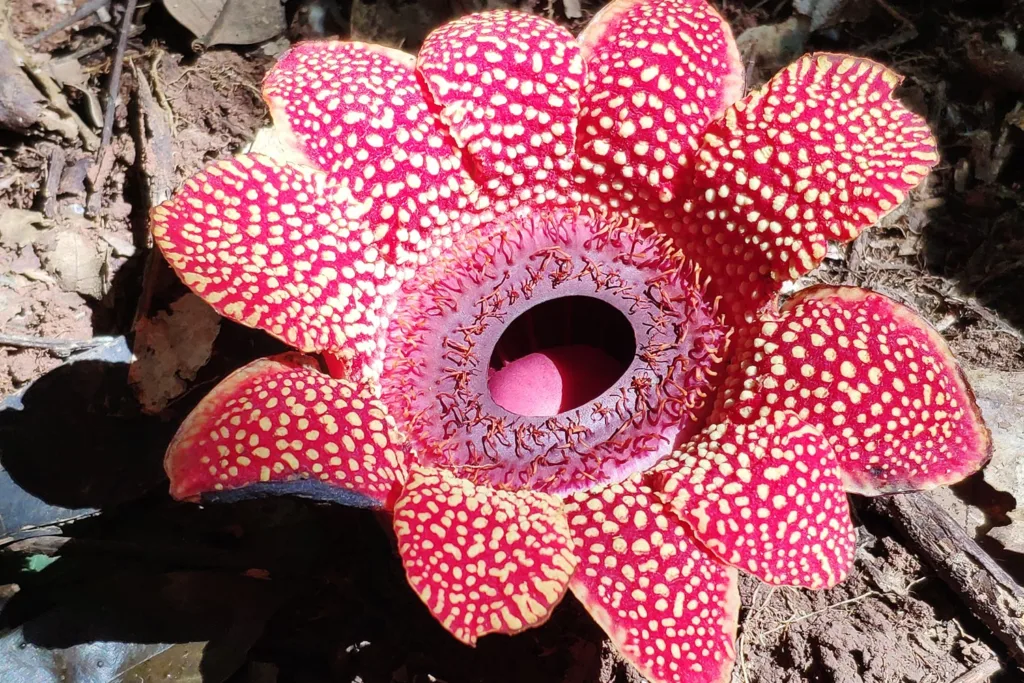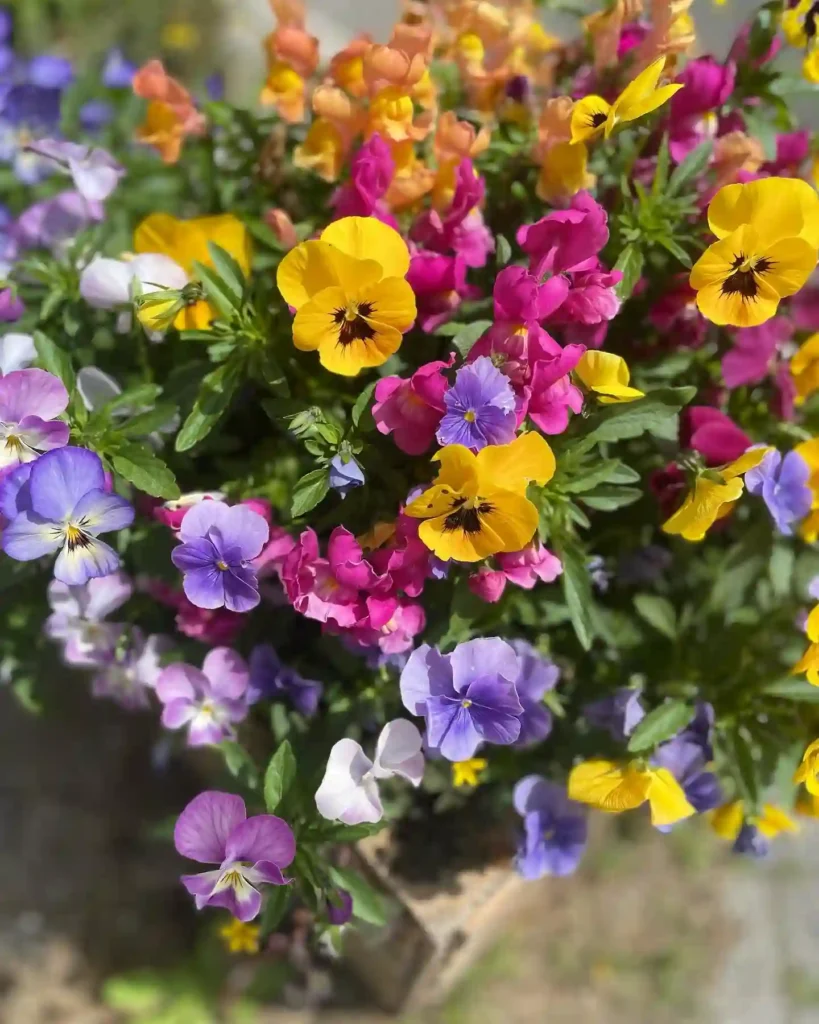Milium: A Grass Genus Close to My Heart
As a botanist, I’ve always been fascinated by the diversity and beauty of the plant world. One genus that holds a special place in my heart is Milium, commonly known as milletgrass. These delicate grasses, with their graceful inflorescences and understated elegance, are often overlooked, but they possess a quiet charm that I find captivating.
What is Milium?
Milium is a genus of grasses belonging to the family Poaceae. These plants are typically found in temperate regions of the Northern Hemisphere, gracing meadows, woodlands, and even rocky slopes with their presence. They are characterized by their slender stems, delicate leaves, and open, spreading panicles that bear small, unassuming spikelets.
While not as economically important as some of their grass relatives like wheat or rice, Milium species play a vital role in their ecosystems. They provide food and shelter for various insects and small animals, contribute to soil stabilization, and add to the overall biodiversity of their habitats.
Species within the Milium Genus
The Milium genus is relatively small, with only a handful of recognized species. Here are:
- Milium effusum: Also known as American milletgrass or wood millet, this species is widespread across North America and Eurasia. It thrives in shaded woodlands and is known for its loose, spreading panicles.
- Milium vernale: This species, commonly known as spring milletgrass, is native to Europe and parts of Asia. It prefers open grasslands and blooms earlier in the year compared to other Milium species.
- Milium pedicellare: Found in parts of Asia, this species is characterized by its distinct pedicellate spikelets, which are attached to the panicle branches by short stalks.
- Milium transcaucasicum: This species is native to the Caucasus region and is adapted to drier, rockier habitats.
- Milium atropatanum Maroofi
- Milium schmidtianum K.Koch
Why I Find Milium So Interesting
My fascination with Milium stems from several factors. Firstly, I admire their resilience and adaptability. These grasses can thrive in a variety of environments, from shady forests to sunny meadows. They are a testament to the tenacity of life and the ability of plants to adapt and flourish in diverse conditions.
Secondly, I appreciate the subtle beauty of Milium. Their delicate form and understated elegance are a refreshing contrast to the more flamboyant and showy members of the plant kingdom. They remind me that beauty can be found in the simplest of things.
Finally, I am intrigued by the ecological role of Milium. These grasses, while often overlooked, play a crucial role in maintaining the health and balance of their ecosystems. They serve as a reminder that every organism, no matter how small or seemingly insignificant, has a part to play in the intricate web of life.
My Research on Milium
As a botanist, I have dedicated a significant portion of my research to understanding the Milium genus. My work has focused on several key areas:
- Genetic Diversity: I am investigating the genetic diversity within and between different Milium species. This research helps us understand the evolutionary history of the genus and its ability to adapt to changing environments.
- Ecological Interactions: I am studying the interactions between Milium species and other organisms in their ecosystems, such as pollinators, herbivores, and soil microbes. This research sheds light on the ecological roles of these grasses and their importance in maintaining biodiversity.
- Conservation: I am exploring ways to conserve and protect Milium species, especially those that are threatened by habitat loss and climate change. This involves identifying critical habitats, developing conservation strategies, and raising awareness about the importance of these often-overlooked grasses.
The Future of Milium
I believe that Milium has a bright future, despite the challenges facing many plant species today. Their adaptability and resilience give them a fighting chance in the face of environmental change. Moreover, as our understanding of these grasses grows, we can better appreciate their ecological importance and take steps to ensure their continued survival.
I am excited to continue my research on Milium and to share my knowledge and passion for these fascinating plants with others. I believe that by understanding and appreciating the diversity of the plant world, we can better protect our planet and ensure a healthy future for all living things.
If i die, water my plants!



